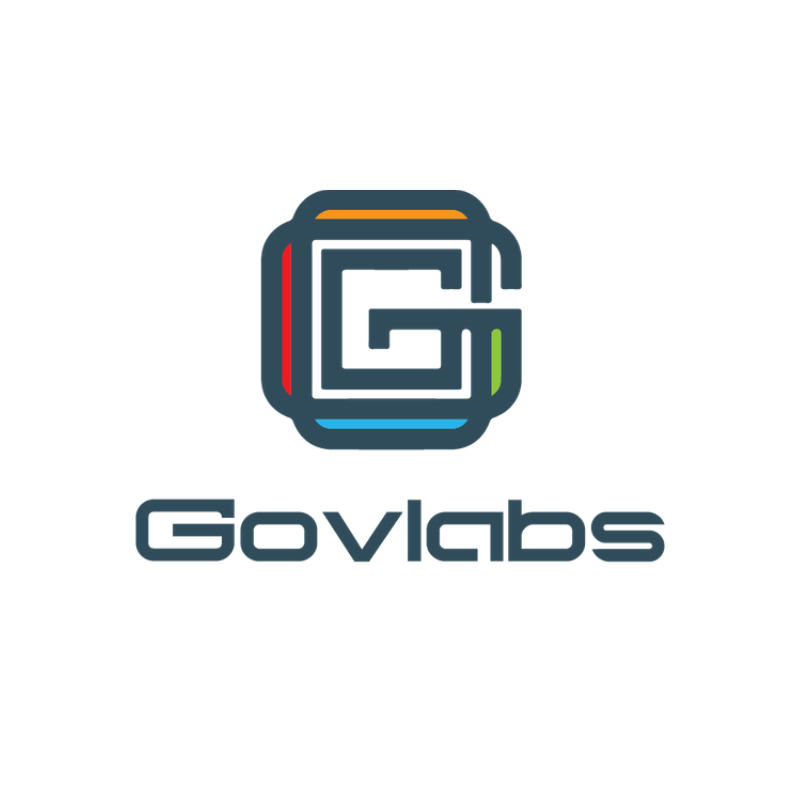Data modeling is the method of creating a graphical representation of either a full information method or parts of it to communicate relationships between data points and systems. The objective is to represent the kinds of data used and reserved within the system, the connections among these data types, the ways the data can be grouped and managed, and its structures and characteristics.
Data modeling employs standardized schemas and formal techniques. It delivers a common, constant, and predictable way of expressing and operating data resources across an organization, or even beyond.
Data Model
The Data Model is defined as a conceptual model that manages data depiction, data semantics, and character limitations of data. The data model accentuates what data is required and how it should be managed rather than what operations will be performed on data. Data Model is like an architect’s construction project that enables the creation of conceptual models and establish a connection between data items.
Data Modeling Benefits:
A data model allows you to make conclusions based on attributes rather than informed guesses. However, the value goes far beyond that. Below are the considered benefits.
Improves performance:
Structured data streamlines your database structure and overall operations. Enterprise data models facilitate usage and optimize implementation returning effects faster. Most data warehouse challenges are a result of poor data modeling practices that increases communication and understanding about data and processes Data modeling gives your team the analytics to understand trends better.
Saves Time and Money:
Avoid additional maintenance requirements and streamline your development process. It reduces development expenses by detecting errors and neglects earlier in the procedure. It will improve the workflow and execution models.
Higher Data Quality:
Data models allow developers to define procedures that monitor and manage data quality, reducing the chance of errors. The graphical presentation of necessities and business regulations allows designers to predict data problems before becoming more powerful.
Risk Management:
A data warehouse application with many interconnected tables is more susceptible to the risk of development issues and challenges. Data modeling is a critical element for optimizing your data. It has the counted advantage of providing high-quality data that authorizes you to create faith and display what you are capable to provide.
Why is Data Modeling Important?
Any trendy or data-driven business yields an extensive amount of data in its mixed functions. Due to differences in business operations and methods, it is needed that the data must be consolidated properly, cleansed to remove noise, and changed to allow expressive analytics. For this reason, it becomes essential to perform a Data Modeling practice to structure the data invariably and store it in a design that can be functional for a sort of objectives.
In addition to that, an influential data model delivers a solid foundation for any Data Warehouse to maintain rising data volumes and adapt easily to the addition or deletion of data commodities.
What is a Data Vault?
Data Vault is a database modeling process invented to offer long-term recorded storage of data coming from numerous functional systems. It is also a method of looking at historical data that deals with issues such as auditing, tracing of data, loading speed, and resilience to modify and stressing the necessity to outline where all the data in the database reached.
Types of Data Modeling:
The varieties of data models that organizations use are produced during designing a project in analytics. They vary from abstract to particular specifications, implicate assistance from a specific subset of stakeholders, and perform various objectives.
1. Conceptual Model:
It is a graphical illustration of database ideas and the relationships between them identifying the high-level user outlook of data. Instead of the elements of the database itself, it concentrates on specifying commodities, their aspects, and the connections between them.
2. Logical Model:
This model describes the format of the data commodities and their connections. Usually, an analytical data model is used for a specific project since the purpose is to develop a technical map of rules and data structures.
3. Physical Model:
This is a framework depicting how data is kept in a database physically. It is used for database-specific modeling where the queues contain identical sorts and characteristics.
Data Modelling Techniques:
There are three basic data modeling techniques.
- Entity-Relationship Diagram (ERD technique) for modeling and the design of relational or traditional databases.
- Unified Modeling Language (UML) Class Diagrams is a standardized clan of inscriptions for modeling and design of information systems.
- Data Dictionary Modeling technique is where the tabular meaning or indication of data acquisitions is done.
Challenges in Data Modeling:
A Lack of Organizational Commitment and Business Buy-in:
If corporate and business executives aren't on board with the need for data modeling, it's hard to get the required level of business participation. That means data management teams must secure executive support upfront.
A Lack of Understanding by Business Users:
Even if business stakeholders are fully committed, data modeling is an abstract process that can be hard for people to grasp. To help avoid that, conceptual and logical data models should be based on business terminology and concepts.
Modeling Complexity and Scope Creep:
Data models often are big and complex, and modeling projects can become unwieldy if teams continue to create new iterations without finalizing the designs. It's important to set priorities and stick to achievable project scope.
Undefined or Unclear Business Requirements:
Particularly with new applications, the business side may not have fully formed information needs. Data modelers often must ask a series of questions to gather or clarify requirements and identify the necessary data.
Data Modeling Market:
Data modeling has become a pillar of the growing data governance market because it allows enterprises to simplify the visibility of data for non-data professionals within their organizations. A study by Report Linker estimates that the data governance market will reach $5.28 billion by 2026, at a compound annual growth rate of over 21%.
How does Data Modeling Impacts Analytics?
Data modeling and data analytics go hand in hand as you require a quality data model to obtain the most impactful analytics for business intelligence that reports decision-making. The process of creating data models is a forcing operation that makes each business unit examine how they contribute to holistic business objectives. Plus, a solid data model signifies optimized analytics execution, no matter how immense and complicated your data estate becomes.
With all your data represented analyzing particularly the data you require evolves much easier. Because you have already fixed up the affinities between data facts, it’s easy to analyze and notice effects as you modify methods, expenses, or staffing.

































